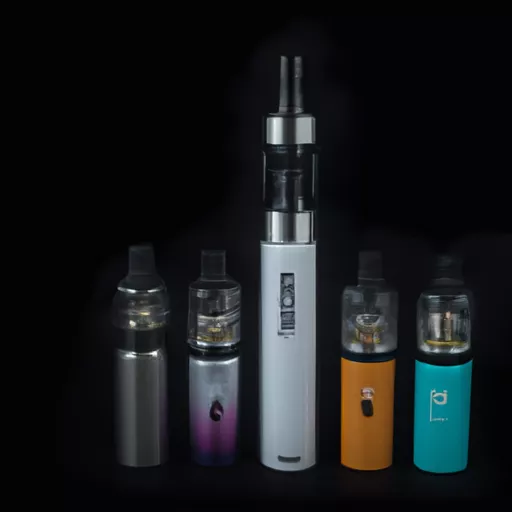
As an avid vaper and resident of Australia, I have been closely following the ever-evolving landscape of e-cigarettes in this country. The popularity of vaping has been on the rise globally, and Australia is no exception. However, the regulations and laws surrounding vaping in this country have caused confusion and controversy among vapers and non-vapers alike. In this article, I aim to provide a comprehensive understanding of the current state of e-cigarettes in Australia and address common misconceptions surrounding vaping.
First and foremost, it is important to understand what exactly e-cigarettes are and how they work. E-cigarettes, also known as vapes, are battery-operated devices that heat a liquid (usually containing nicotine) into an aerosol, which is then inhaled by the user. Vaping is often considered a less harmful alternative to traditional tobacco smoking, as it does not involve burning and inhaling tobacco. This is particularly appealing to smokers who are looking to quit their habit.
The use of e-cigarettes in Australia has been regulated by the Therapeutic Goods Administration (TGA), which is responsible for the regulation of therapeutic goods, including nicotine products. Currently, nicotine is classified as a prescription-only medication and is only allowed to be sold with a valid prescription. This means that the sale and possession of nicotine-containing e-liquids without a prescription are illegal in Australia.
However, there is a loophole in the law that allows vapers to import nicotine for personal use from overseas. This is often done through online retailers, such as vawoo.com, which offer a wide variety of e-cigarette products and nicotine e-liquids. The legality and availability of nicotine-containing e-liquids have been a hot topic in Australia, with ongoing discussions and debates about the potential benefits and risks of vaping.
One of the biggest misconceptions about vaping is that it is just as harmful as smoking cigarettes. While it is true that vaping is not completely risk-free, the majority of studies have shown that it is significantly less harmful than smoking cigarettes. A study conducted by Public Health England concluded that vaping is 95% less harmful than smoking tobacco. This is because e-cigarettes do not contain tar and other harmful chemicals found in tobacco smoke.
Another misconception is that vaping is a gateway to smoking for non-smokers, particularly young people. However, studies have shown that regular vaping among young people who have never smoked is rare. The majority of vapers in Australia are either current or former smokers, using vaping as a means of quitting or reducing their tobacco consumption. In fact, a survey conducted by the Australian Institute of Health and Welfare found that only 0.1% of non-smoking adults and 0.5% of non-smoking teenagers reported regular use of e-cigarettes.
Despite the growing evidence of vaping’s potential harm reduction, there are still concerns about the long-term health effects of e-cigarettes. This is largely due to the lack of long-term studies and the relatively new emergence of vaping. To address these concerns, the Australian government has commissioned the National Health and Medical Research Council to conduct a comprehensive review of the evidence on vaping and produce evidence-based guidelines for the regulation of e-cigarettes.
In addition to the debate surrounding nicotine-containing e-liquids, there have been discussions about the use of nicotine-free e-liquids in Australia. While these products do not contain nicotine, they are still subject to regulations and restrictions. The sale and supply of e-cigarettes and e-liquids to those under the age of 18 are prohibited, and advertising and promotion of these products are heavily regulated. This is in line with the government’s efforts to prevent underage vaping and protect public health.
As a vaper myself, I understand the concerns and reservations surrounding the use of e-cigarettes. However, I firmly believe that education and regulation are essential in ensuring safe and responsible vaping practices. In countries where vaping is more widely accepted and regulated, such as the UK and New Zealand, the number of smokers has significantly decreased. I am hopeful that Australia will also adopt a similar approach and allow for a more accessible and regulated vaping market.
In conclusion, the current state of e-cigarettes in Australia is somewhat complex and heavily debated. While the use of nicotine-containing e-liquids is not legal without a prescription, vapers can still access these products through online retailers. Vaping is a less harmful alternative to smoking and has the potential to reduce tobacco consumption and improve public health. However, more research is needed to fully understand the long-term effects of vaping. As a vaper, I am committed to staying informed and advocating for sensible regulations that prioritize public health and safety.